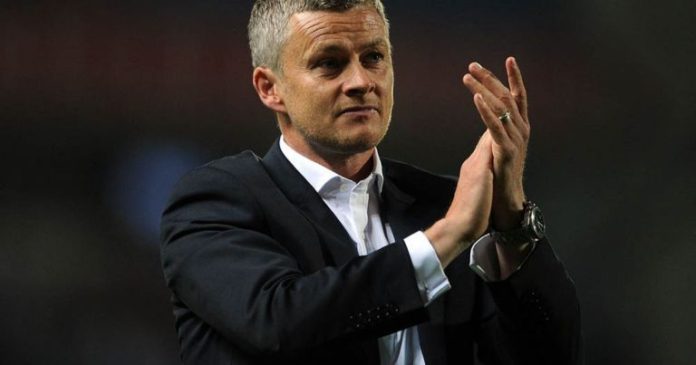While the Red Devils continue to show odd flashes of good form, the Norwegian coach lacks the tactical know-how to challenge Man City long-term.
The success of a managerial project is measured by tangible signs of progress – and little else.
Coaches are always given grace periods and transitional seasons, and fans will mostly stay on side for as long as there are clear markers, however small or slow, of an upward trajectory.
All they ask is that their club is building towards something; is making incremental steps that can be measured in player performance and points tally.
But not all progress is equal. It is possible to be on an incline and discover, even as you are climbing, that a levelling-off is coming. It is possible for a team to be making steady improvements, but nevertheless be destined to fall short of their ultimate goal.
The industry’s obsession with the weekly cycle – and the short-termism it produces – often obscures this fact by preventing supporters from zooming out and seeing the full arc.
But just because things are on the up does not mean the rise will stay steady.
This is the basis of a critique of Ole Gunnar Solskjaer’s Manchester United that is invariably received poorly.
Solskjaer has dramatically altered the mood at Old Trafford, removing the toxicity of the Jose Mourinho era and reconnecting with the fan base. He has improved individual players, in particular academy graduates like Scott McTominay and Marcus Rashford, and has overseen two years of smart recruitment.
And yet, a deeper look at the tactical aspects of his reign suggests there is a ceiling to the progress he can inspire – and it falls short of lifting the Premier League trophy.
It should go without saying that if this theory is correct, then United ought not to invest more time and resources in the current manager. United, given their history and financial outlay, need to be on a title-winning trajectory.
With Solskjaer in charge they are not, and instead find themselves locked in yo-yoing runs of form, as strings of victories offer fresh hope before a downturn pulls them back.
There is a tactical explanation for why this keeps happening, and while this pessimistic interpretation did not go down well when United were top of the league around the turn of the year, a run of 15 points from their last 10 Premier League games seems like a good time to lay it out once more.
The approaches of the world’s top tacticians can be summarised in a small number of lines; a few key ideas that are coherent and visible on match day. Two-and-a-half years into the Solskjaer project, a concise description of the overall tactical strategy remains elusive, aside from vague notions of pace and power.
It gets to the core of the problem United face.
In short, Solskjaer, through no fault of his own, has been left behind by the seismic and revolutionary changes to Premier League tactics over the last half-decade.
Beginning with Antonio Conte’s Chelsea in 2017, an influx of tactical uber-geeks has set the title-winning bar to 93 points or higher, thanks to the use of ultra-choreographed attacking football.
The buzzword of the moment is ‘automatisms’: set moves designed and practiced over and over again, giving teams an on-the-ball positional structure that is just as fine-tuned as their off-the-ball system; etched just as deeply into muscle memory as defenders practicing shape with rope tied around their waists.
Where Solskjaer’s United improvise their possession structures (there is a basic shape, of course, but little detail), the likes of Jurgen Klopp and Pep Guardiola design immaculate patterns of passing and moving. Where Solskjaer expects his players to problem solve in the final third, the new wave of tacticians are splitting the pitch up into distinct zones to create ultra-complex positional instructions.









